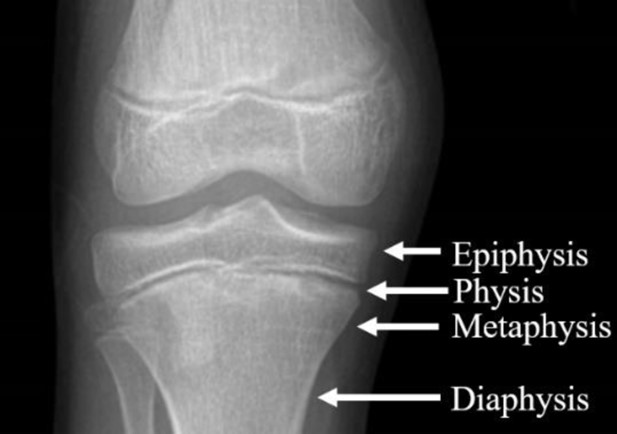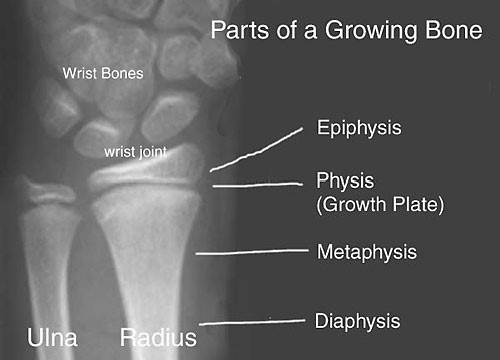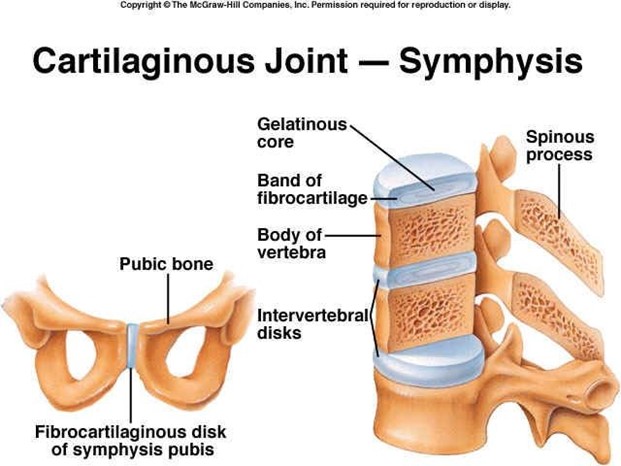How can an X-ray of a child’s femur be used to determine the approximate age of that child?
The Correct Answer is ["epiphyseal analysis"]

The epiphysis is the rounded end of the femur that articulates with the hip bone and knee joint.
As a child grows, the epiphysis gradually fuses with the rest of the bone through a process called ossification.
By examining the degree of fusion of the epiphysis with the femur on an X-ray, doctors can estimate the age of the child.

In general, the younger the child, the less fused the epiphysis will be, and the easier it will be to determine the child's age.
However, it's important to note that this method provides only an approximate age range and cannot be used to determine an exact age.
Nursing Test Bank
Naxlex Comprehensive Predictor Exams
Related Questions
Correct Answer is B
Explanation
The joints between the vertebrae are secondary cartilaginous joints (symphyses) that are formed by the intervertebral discs between the vertebral bodies.
A symphysis is a type of joint that has a fibrocartilaginous disc between two bones that allows slight movement.

Choice A is incorrect because synarthrotic joints are immovable joints, such as the sutures of the skull.
Choice C is incorrect because sutures are fibrous joints that are found only in the skull.
Choice D is incorrect because gomphosis is a type of fibrous joint that anchors a tooth to its socket in the jaw.
Correct Answer is ["condylar process of the mandible"]
Explanation
The mandible condylar process is a bony projection located at the posterior aspect of the mandible, which is the lower jawbone.
It is a rounded, knob-like structure that articulates with the temporal bone of the skull, forming the temporomandibular joint (TMJ).
The condylar process allows for movements of the mandible, including opening and closing the mouth and chewing food.
The shape and position of the condylar process can affect the function of the TMJ and can contribute to conditions such as TMJ disorders.

Whether you are a student looking to ace your exams or a practicing nurse seeking to enhance your expertise , our nursing education contents will empower you with the confidence and competence to make a difference in the lives of patients and become a respected leader in the healthcare field.
Visit Naxlex, invest in your future and unlock endless possibilities with our unparalleled nursing education contents today
Report Wrong Answer on the Current Question
Do you disagree with the answer? If yes, what is your expected answer? Explain.
Kindly be descriptive with the issue you are facing.
